Greg Nelson and Neil Howard presented a lunchtime keynote talk at SAS Global Forum, and they produced this video, "Revenge of the Semi-Colon People", to go along with it. The video features many people from the SAS community, including customers and SAS employees. Watch it and see if you know
English
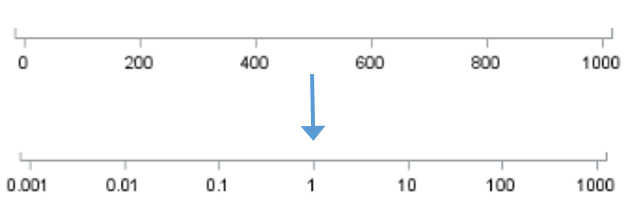
The log transformation is one of the most useful transformations in data analysis. It is used as a transformation to normality and as a variance stabilizing transformation. A log transformation is often used as part of exploratory data analysis in order to visualize (and later model) data that ranges over
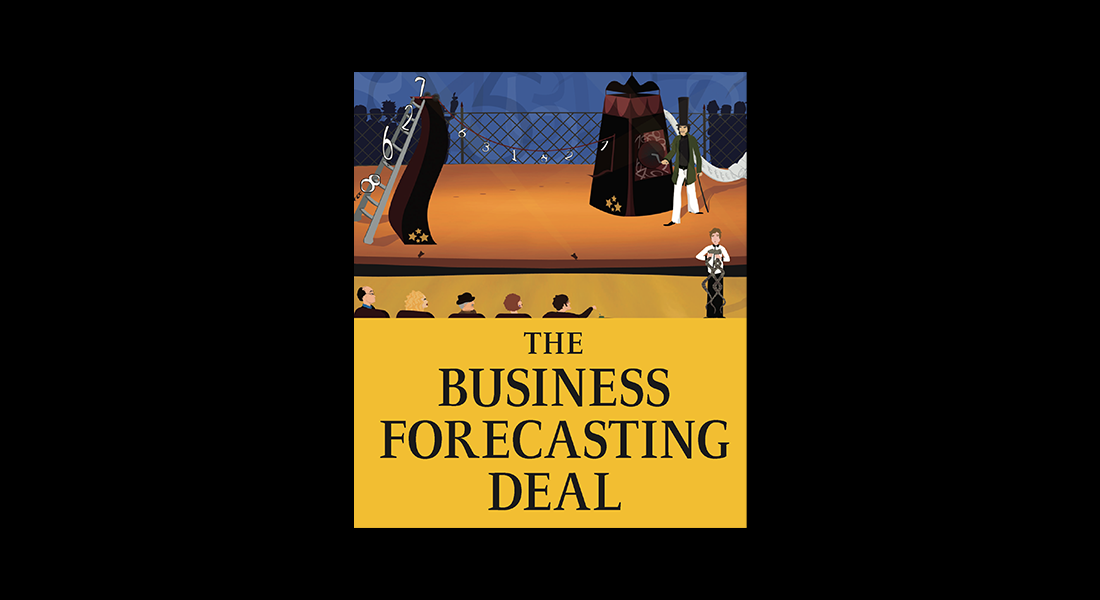
I've been walking around the last few days with what looks like a dollop of chocolate syrup or grape jelly on my chin. Alas, it is just a bruise from getting elbowed in the mouth at basketball last Thursday night. (Church leagues may be the only dirtier place to play

One of the advantages of programming in the SAS/IML language is its ability to transform data vectors with a single statement. For example, in data analysis, the log and square-root functions are often used to transform data so that the transformed data have approximate normality. The following SAS/IML statements create
When I encounter an ERROR, WARNING, or NOTE in my SAS log that I don't understand, my first recourse is to ask my friend (we'll call him "Google") what it could mean. I copy the entire message (or at least 5 or 6 consecutive words from it) into the search
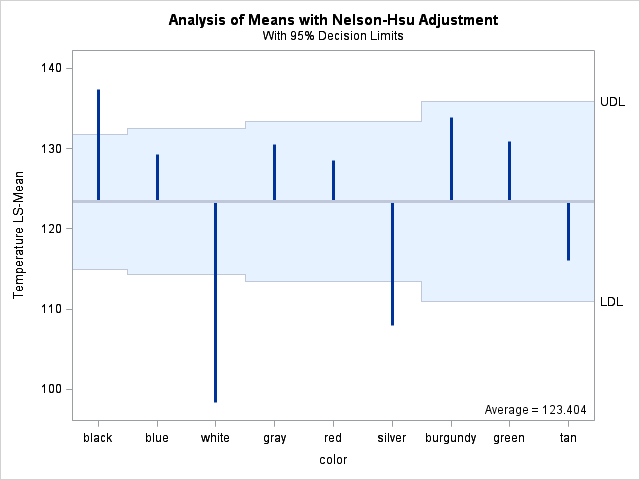
Last week I showed how to create a funnel plot in SAS. A funnel plot enables you to compare the mean values (or rates, or proportions) of many groups to some other value. The group means are often compared to the overall mean, but they could also be compared to

A major news item this week is the New York Department of Health's labeling of childen's games like Kickball, Wiffleball, Freeze Tag, Red Rover, and Steal the Bacon as dangerous. (Apparently Spin the Bottle, Truth or Dare, and Doctor are still ok?) Is this the continuing wussification of American youth?

This is a guest post from Jodi Blomberg, a Principal Technical Architect at SAS. She has over 12 years of experience in data mining and mathematical modeling, and has developed analytic models for many government agencies including child support enforcement, insurance fraud, intelligence led policing, supply chain logistics and adverse

In our last installment, we learned that some information is not really necessary. When facilities management dyed the toilet water purple to remind us it is non-potable, it didn't affect my earlier decision not to drink out of the toilet. Sometimes the information we receive as forecasters is not really
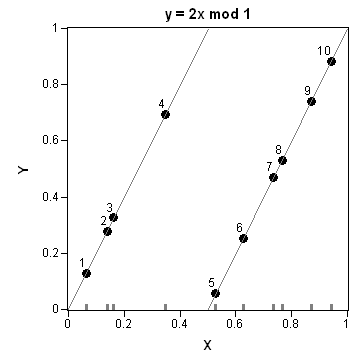
Last week I presented the GSR algorithm, a statistical model of a riffle shuffle. In the model, a deck of n cards is split into two parts according to the binomial distribution. Each piece has roughly n/2 cards. Then cards are dropped from the two stacks according to the number

In a previous post, I showed how to read data from a SAS data set into SAS/IML matrices or vectors. This article shows the converse: how to use the CREATE, APPEND, and CLOSE statements to create a SAS data set from data stored in a matrix or in vectors. Creating

Unless you’ve been living under a rock, you’ve heard about the budget problems running rampant across all levels of government. Federal, State and Local Governments are all facing historic budget shortfalls due to the economic crisis and decreased tax receipts. This has led to a much closer examination of services

On March 28 I had the pleasure of moving to our new office building on the scenic SAS campus in Cary, NC. This aesthetic and functional structure houses the sales, marketing, and SAS executive management offices, as well as a generously appointed Executive Briefing Center for hosting our visiting customers.
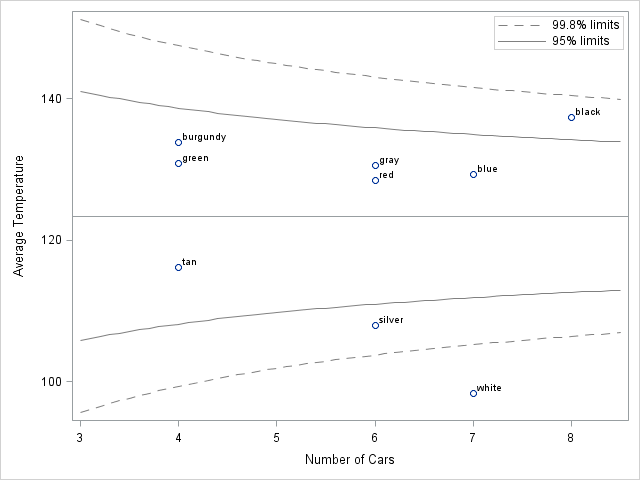
In a previous blog post, I showed how you can use simulation to construct confidence intervals for ranks. This idea (from a paper by E. Marshall and D. Spiegelhalter), enables you to display a graph that compares the performance of several institutions, where "institutions" can mean schools, companies, airlines, or

Contributed by Angela Hall, Senior Technical Architect at SAS, (@angelahall1) The SAS Global Forum Technology Session included the technically funny comedian Don McMillan , who pulled out the #SASGF11 program and stated, very seriously, that there was plenty of comedy material within those pages. He then highlighted the long and
Last week I was a SAS consultant. Oh, not a real consultant, but for two hours in the Support and Demo room I stood under the "Analytics" sign and in front of rollshades about SAS/STAT, SAS/QC, and SAS/IML. Customers can walk up and ask any question they want. And ask
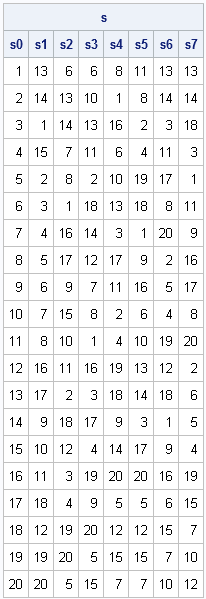
I recently returned from a five-day conference in Las Vegas. On the way there, I finally had time to read a classic statistical paper: Bayer and Diaconis (1992) describes how many shuffles are needed to randomize a deck of cards. Their famous result that it takes seven shuffles to randomize

This morning I delivered a talk to visiting high school students at the SAS campus. The topic: using SAS to analyze Twitter content. Being teenagers, high school students are well familiar with Twitter. But this batch of students was also very familiar with SAS, as they all have taken SAS

Contributed by Sy Truong, co-founder of Meta-Xceed. SAS Global Forum has always been a chance for developers and managers at SAS to shine, and this year in Las Vegas was no exception. There are a couple of trends and development directions that I found interesting on the demo floor in

Linking business analytics to economic value is a hard problem. Despite all the smarts that get poured into models, it's hard to tie them to financial measures such as profitability. And, because of that, it's hard to justify investment in analytics. Need headcount? Sorry, try again. Need tools? Sorry, can't


"Convergence after 23 iterations to (1.23, 4.56)." That's the message that I want to print at the end of a program. The problem, of course, is that when I write the program, I don't know how many iterations an algorithm requires nor the value to which an algorithm converges. How
Like many SAS users, Bill Roehl uses SAS in some very clever ways that aren’t necessarily work-related. Roehl is a Research Analyst at Capella University and an outspoken community journalist. When he isn’t working for Capella University, he is hard at work blogging about community news for Dakota County, Minnesota
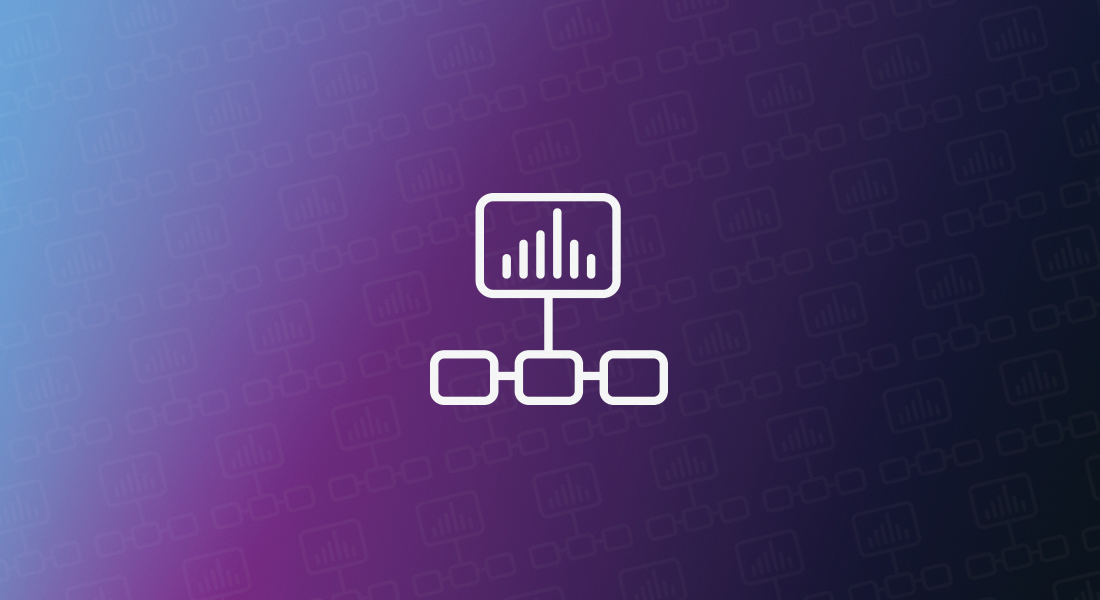
At the beginning of 2011, I heard about the Dow Piano, which was created by CNNMoney.com. The Dow Piano visualizes the performance of the Dow Jones industrial average in 2010 with a line plot, but also adds an auditory component. As Bård Edlund, Art Director at CNNMoney.com, said, The daily

~Contributed by Becky Graebe, SAS Communications Manager~ If there was any doubt in the minds of SAS Global Forum attendees that the computing landscape has changed remarkably in recent years, Vice President of Platform R&D Paul Kent and Research Statistician Developer Oliver Schabenberger set that idea squarely off the grid
A big thank you to EVERYONE for your contribution to the success of SAS Global Forum 2011. You all came together – presenters, volunteers, mentors, first-timers, repeat attendees and SAS – to help make this year’s conference a “don't miss” event! Special thanks go out to Debbie Buck, this year’s

In a previous blog post about computing confidence intervals for rankings, I inadvertently used the VAR function in SAS/IML 9.22, without providing equivalent functionality for those readers who are running an earlier version of SAS/IML software. (Thanks to Eric for pointing this out.) If you are using a version of
Now that I’m finally adjusted to the three-hour time difference from my home, it’s time to head back to SAS World Headquaters in Cary. What a terrific conference this has been! In case you didn’t catch it all, or were unable to make it to Vegas this year, be sure
~Contributed by Becky Graebe, SAS Communications Manager~ Did you know that you could save and export one, some or all of your keyboard macros/abbreviations in one simple operation? sasCommunity.org users do, thanks to today’s Tip of the Day, submitted by Arthur Tabachneck (better known as Art297 on the site). The









